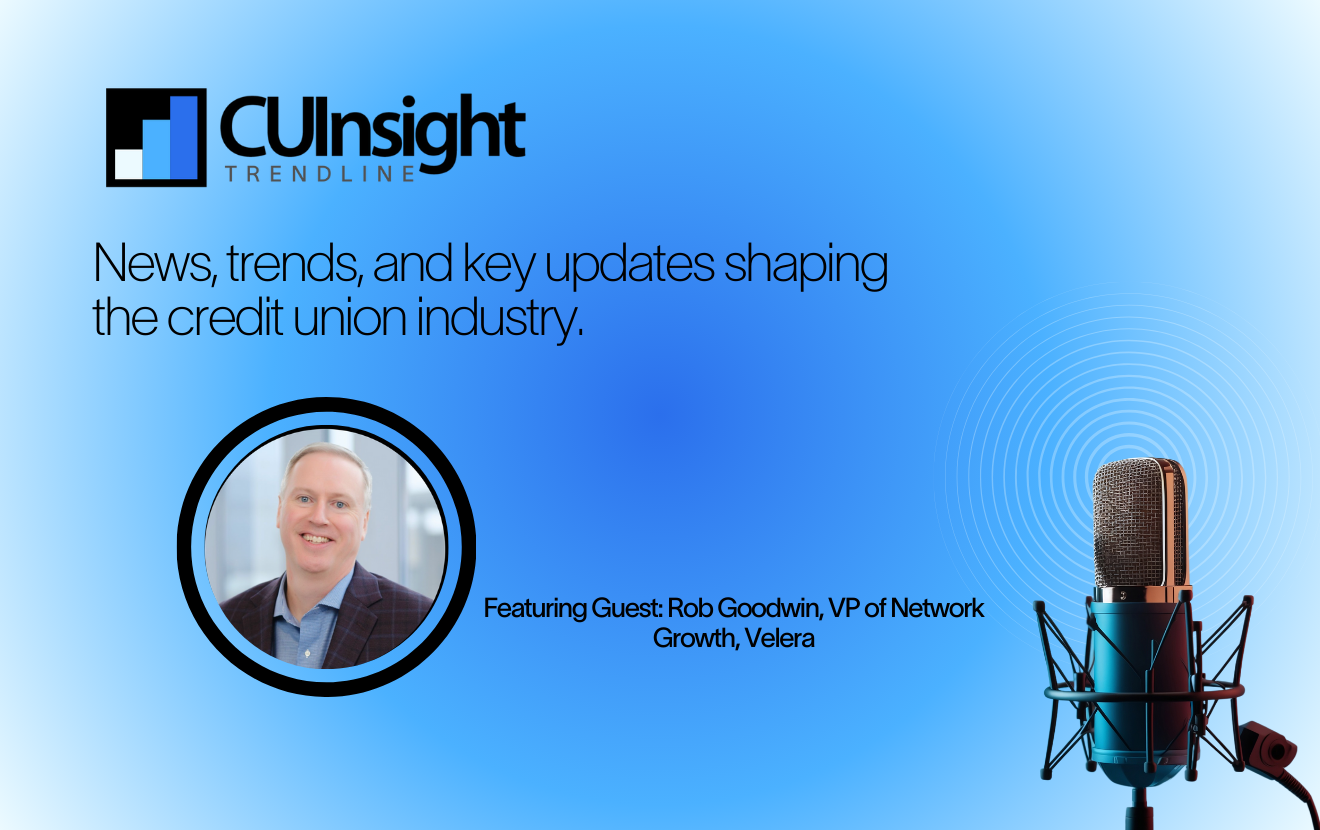With an expected $16 trillion dollars in wealth transferring from one generation to the next, it is important that Credit unions look at each of these generations both as a group and as a subset of the entire membership base. I will be touching on
- Baby Boomers, individuals between the ages of 54 and 74
- Gen X, individuals between the ages of 34-54
- And Millennials, individuals between the ages 18-34
But for the purposes of this article, I will be focusing on Millennials, we will discuss the others in upcoming articles.
SOME COMMON CHARACTERISTICS OF MILLENNIALS:
- Demanding:Because they grew up in an 'everyone wins a prize' environment, Millennials are sometimes self-centered. As the first fully digital generation, they also expect things instantaneously. Having access to companies like Netflix, YouTube and Amazon drives their desire for immediacy as well.
- Staying at Home Longer:Millennials are getting married later than their parents, staying at home longer and paying off ridiculously high student debts.
- Largest Generation in the Workforce:According to theU.S. Bureau of Labor Statistics, Millennials will overtake the majority representation of the U.S. workforce this year and will represent 75% of the workforce by 2030.
- Mobile First:Millennials lead active lifestyles and have an 'always on' mentality. Reaching them through email is challenging because their personal email inboxes are flooded. However, texts get a 98% open rate and app notifications (when done correctly) can be very effective ways of reaching them.
HOW MILLENNIALS INTERACT WITH MONEY IN A DIGITAL WORLD
Imagine if you were to watch Netflix, YouTube, or any streaming service and it kept buffering or crashing on you. How soon would you get frustrated and leave? I am willing to guess you would not stay a member for very long.
Millennials are using their phones for social media, music, ordering food, dating and much more. And are increasingly using them to manage their money, send payments to peers, and pay for services on the go.
Millennials are looking for an experience that helps them manage their money better.Accenture has foundthat "67% of Millennials are interested in tools and services which help them create and monitor a budget."
It is clear, that there’s a growing demand for digital money management.
It follows that if you create an technology driven culture, you will increase your chances of becoming the primary financial institution for your members.
WHAT ARE CREDIT UNIONS DOING WRONG NOW?
Credit Unions are very focused on their traditional branch-based models and not enough on putting the member first. When most Credit Unions are asked what their strategy is focused on, improving digital products and putting the member first nearly always tops the list. But when you look at surveys of where they focus their spending, it’s almost always on regulation. In addition, existing technology is almost always to blame when the credit union can’t move fast enough.
If you asked 100 Millennials, less than 10 would be able to tell you what regulations you face. They don’t care. They just want a great experience. And for them, that is digital.
Regulation, compliance, and security are big priorities, sure. Very important. One poor move here and your entire company could be ruined. But when you look at the money that venture capitalist and Silicon Valley are pumping into FinTech it is enough to make you sit up and rethink your traditional business model.
There are 5,647 Credit unions in the US, according to CUNA down from 11,392 in December of 1998. Do you think the trend of consolidation is going to slow down as Millennials become more demanding and new options enter the marketplace? It’s not likely.
Lastly,according to CUNA, the average credit union member is getting older and older. If Credit Unions want to survive as Millennials begin to dominate the economic landscape and the workforce, they will have to turn this trend around and appeal to younger demographics.
WHAT CREDIT UNIONS CAN DO ABOUT IT
Credit Unions have control over two things right now: internal culture and technology.
In terms of culture, the digital push needs to come from the top down, and everyone needs to understand why digital important. An outdated product-focused model that doesn't focus on the members is not going to cut it for Millennials. The want more than a simple Online banking experience.
Credit Unions still have control over their technology. One option is to start a separate digital-only financial institution with a completely new back-end to attract these users. But this not a very practical solution for most credit unions.
The other option is a partnering with innovative companies in the Fin Tech space to help your credit union become more agile. This also allows you to move with the speed of technology and create and upgrade your offerings over time, so you can have a modern, robust framework to compete for wallet share.
HOW CREDIT UNIONS CAN PROFIT FROM THIS RELATIONSHIP
One of the most common comments I hear from credit unions is, “I have an aging account holder base and I want to attract more Millennials. The issue is that Millennials don’t hold nearly the deposits Boomers do and don’t make the same level of income.”
This may be true in general, but:
- Millennials are the future or your Credit Union.
- Many Millennials are your most profitable members.
In 2011 Javelin Strategy & Research quietly introduced a new way of looking at and studying different types of account holders. This new theory of consumer classification was not based on age or income, but instead broke down the general public by regular use of online and mobile banking. The group that represented the largest and fastest growing trend of this digital-first mentality was given a new name: Moneyhawks. And as you probably guessed, most Moneyhawks are millennials.
A few facts about Moneyhawks, according toJavelin Strategy and Research:
- There are 31 million Moneyhawks in the U.S. (13% of population)
- They control 41% of the deposits and 33% of investable assets
- 20% of Moneyhawks are at high risk of leaving their primary bank or credit union
Adding to this,Javelin Strategy and Researchfound this puts an estimated 103 million financial accounts and $1.1 trillion in deposits into play, plus another $5.8 trillion in investable assets. That represents 72% of deposits held by potential switchers, and 71% of investable assets. Credit Unions can't afford to ignore numbers like these!
HOW TO WIN THEIR BUSINESS
Millennials are generally technology driven. As a matter of fact, 53% of millennials would rather lose their sense of smell than their technology.
If your Credit Union can deliver a robust and engaging digital experience and you can get it in front of them, you will win their business.
According toJavelin Strategy you should offer the following advantages:
- Let them monitor ALL their accounts in one place.
- Allow access anywhere, anytime.
- Enable the ability to move money when and how they want.
- Offer flawless security.
- Make it easy, make it work.
CONCLUSION FOR MILLENNIALS
Millennials fully expect innovation in financial services to come from outside of the industry, and they say that “offering digital banking won’t be enough to build a long-lasting relationship.” Credit Unions should advise young people on how to manage their finances, seek Millennials’ feedback, hire young employees, and partner with financial companies, outside of the traditional channels.
If you want to lower the average age of your customer or member base, you must re-imagine the entire way you do things. You can no longer be transactional. You must put the needs of members first and offer better digital experiences.







